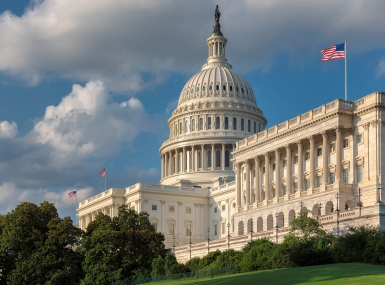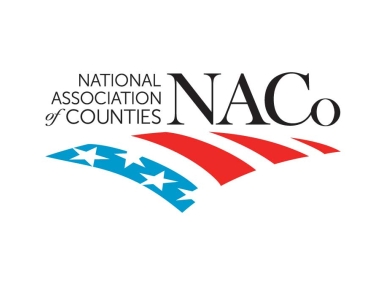County Countdown – Nov. 17, 2025
Upcoming Events
Related News

Every other week, NACo's County Countdown reviews top federal policy advocacy items with an eye towards counties and the intergovernmental partnership.
1. Federal government shutdown ends
Congress passed legislation last week that ends the longest federal government shutdown in U.S. history. The bill funds most federal agencies through January 30, 2026, with full-year funding for three of the 12 annual appropriations bills – those impacting the U.S. Department of Agriculture, Veterans Affairs and military construction.
This legislation comes after NACo and other state and local government organizations jointly asked Congress on November 7 to reopen the federal government. Impacts for counties include:
- Sustained human services support: Provides $107 billion for SNAP and $8.2 billion for WIC through September 2026, along with reimbursement of contingency reserves depleted during the shutdown.
- Cybersecurity capacity: Extends the State and Local Cybersecurity Grant Program.
- Rural connectivity: Continues the Essential Air Service program to maintain rural air access.
- Health care stability: Reauthorizes key health programs, including a delay in Disproportionate Share Hospital payment cuts.
- Farm Bill: Extends the Farm Bill authorization through September 2026.
2. New rulemaking for web accessibility
The Department of Justice has announced plans for new rulemaking to lower compliance costs for its 2024 web accessibility rule, which required counties to meet new standards for county websites.
- The original rule required county websites, applications and online tools to meet Web Content Accessibility Guidelines Level AA standards, which would have carried implementation costs of $1 billion nationwide.
- County commitment to accessibility: Counties remain committed to making local digital services accessible for all residents, and NACo has provided members with technical guidance, regulatory analysis and compliance resources.
3. Surface transportation priorities guide NACo advocacy
On November 5, NACo and the Local Officials in Transportation Coalition sent congressional leaders a letter outlining transportation policy priorities – this in advance of next year’s Surface Transportation Reauthorization.
- Counties and surface transportation: Counties and municipalities own 75 percent of public roads and 50 percent of bridges nationwide but receive only 15 percent of federal formula dollars.
- Advocacy priorities: The coalition is requesting an increased percentage of Highway Trust Fund dollars be suballocated to local governments, and is also advocating for funding for rural transportation planning so rural counties can benefit from federally funded planning opportunities.
- Next steps: With the current surface transportation bill set to expire September 30, 2026, this is likely to be an ongoing issue of interest for counties in the coming months – NACo's Surface Transportation hub is set up as an evolving home for resources and action items for counties.
4. Senate committee advances the Fix Our Forests Act
The Senate Agriculture Committee voted 18-5 on October 21 to advance the Fix Our Forests Act, bipartisan legislation strengthening active forest management to curtail wildfire risks.
- What’s in the bill: The bill simplifies environmental review for forest management, establishes a Fireshed Center — including local officials — to identify high-risk areas, and strengthens Good Neighbor Authority, allowing counties to reinvest revenues from joint federal land projects.
- Forest management: Additionally, it incentivizes treatment projects up to 10,000 acres, increasing management pace and scale.
- What’s next: The bill now awaits a full Senate floor vote, after which the differences in the House and Senate bills will be reconciled before the bill becomes law.
5. The Endangered Species Act and the gray wolf
On November 3, the U.S. Fish and Wildlife Service (USFWS) announced it would not develop a national recovery plan for the gray wolf, which is currently considered endangered under the Endangered Species Act (ESA) in much of the contiguous United States.
- The USFWS assessment,which determined that a nationwide recovery plan is no longer necessary for gray wolves, is consistent with previous federal agency findings that the species no longer warrants endangered or threatened species protection.
- County impact: Removing ESA designations would shift management of wolf populations onto states and counties, allowing for more flexible responses in accordance with local conditions.












